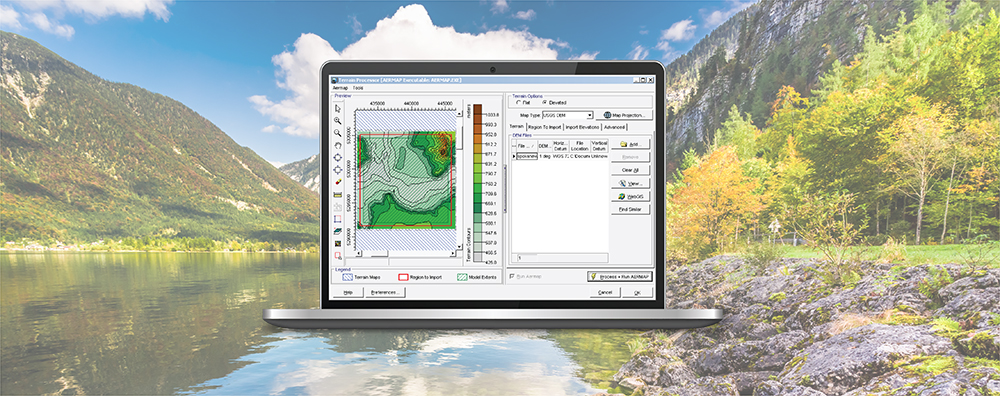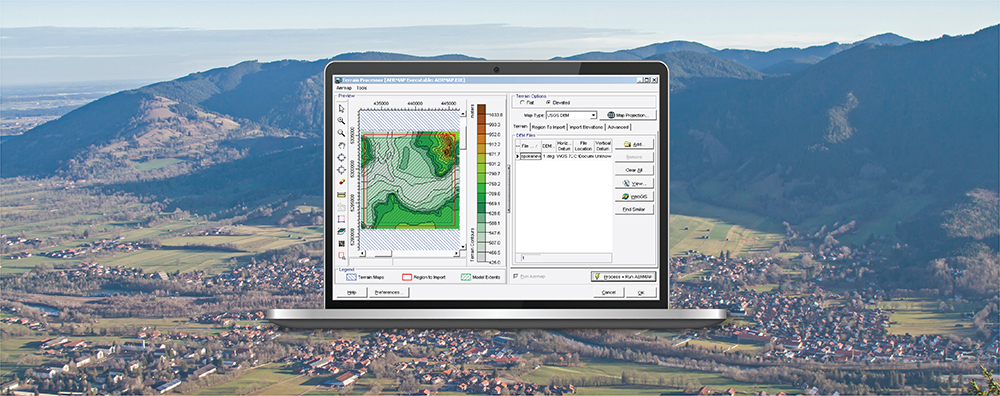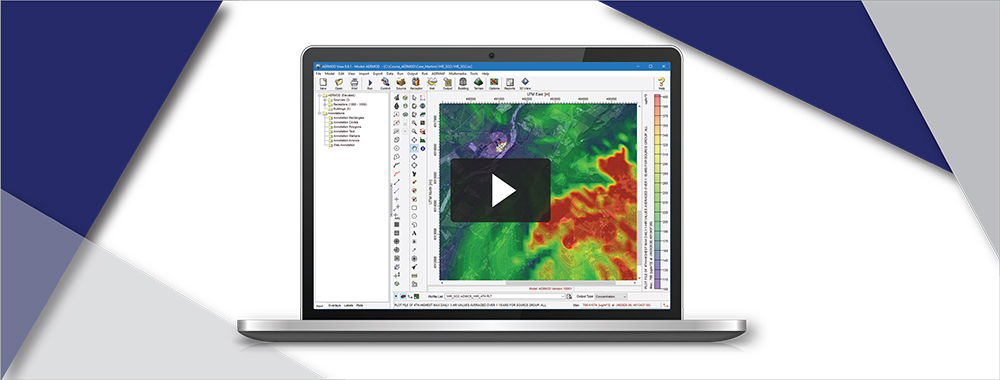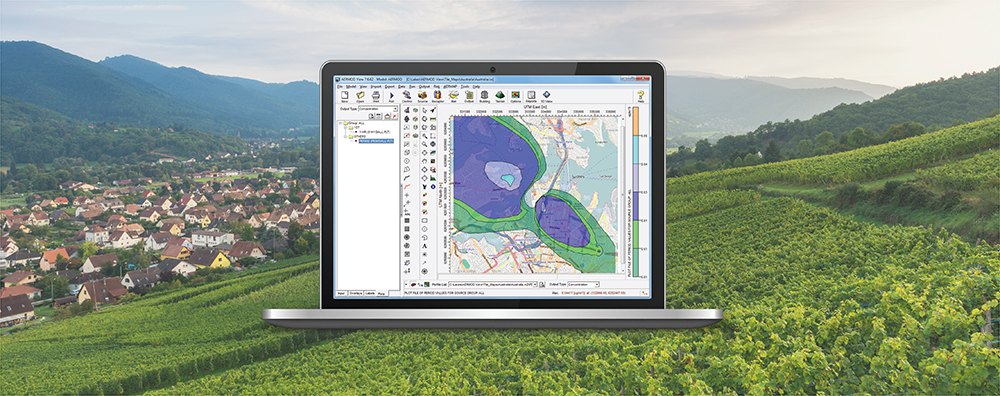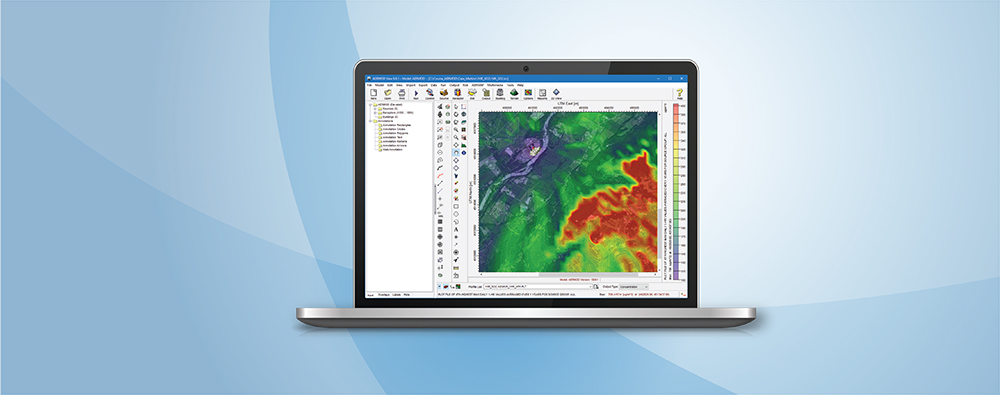Lakes Software Applications: Using Annotations
One feature of Lakes Software applications that our users have come to appreciate, is the wealth of customization options available to provide high quality visualization of model output. Beyond the usual drawing tools for adding model objects, each application contains a set of Annotation Tools which allow users to add additional objects to the main display.

